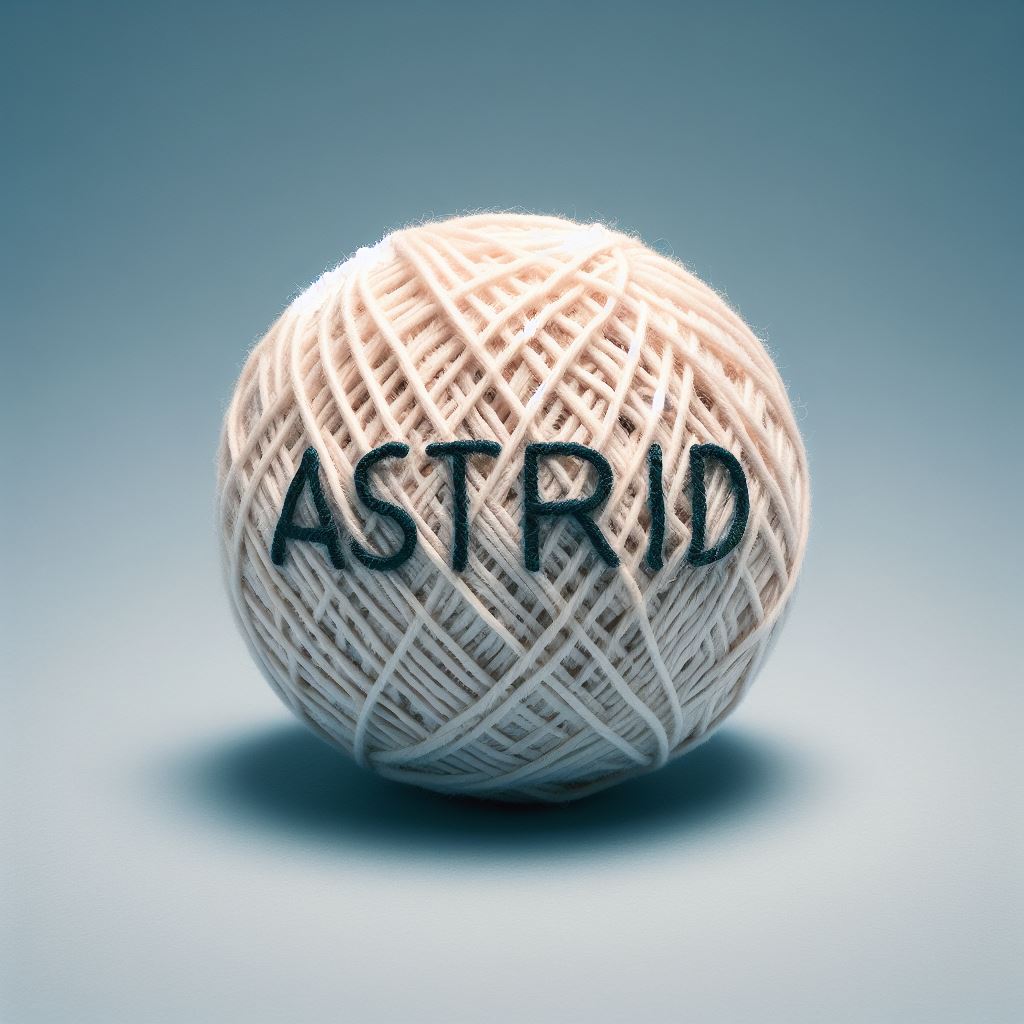Another small web-app that I developed was for an escape-room style hackathon. I was originally inspired by escape rooms and had the idea to turn a clasroom into a fully fledged escape experience. Then I realized the amount of time it would take and thought “hmmm… maybe you can do an online escape room?” and I recalled the not Pr0n game (I’m a 90ies kid). I wanted to do a VIA-style (VIA is my University College employer) puzzle-type website based on the sort of puzzles found on not Pr0n. Then I got realistic again and thought about the amount of resources that would require as well (the myBot9000 game took me at least a couple of days to think/plan out and program). Instead a ended up with 10 laminated “puzzle cards” representing each a letter. When the letters are combined in the right order, they spell out “Hello World” which is a nod to the basic example used to show syntax to beginners in almost any programming language. The website above “obfuscates” the input using a hash-function, so you can’t just look of the source code to know the right value for the input.
If you want to get started making your own game for people to solve, I suggest coming up with a short sentence like “hello world” – but one that has a basic sentiment to the group you are designing for. You then have to “encode letters” into puzzles. I recommend designing for different types of intelligences (like Gardners multiple intelligences) – of course with an emphasis on the intelligence that resonates mostly with your target audience. I had an emphasis on logic and would use the following types of “encryption”/puzzle designs:
- Baconian cipher
- Morse
- Braille
- Circle of fifths (for music intelligences)
- Visual/spatial puzzles (like this Moebius Highway)
- GPS coordinates
